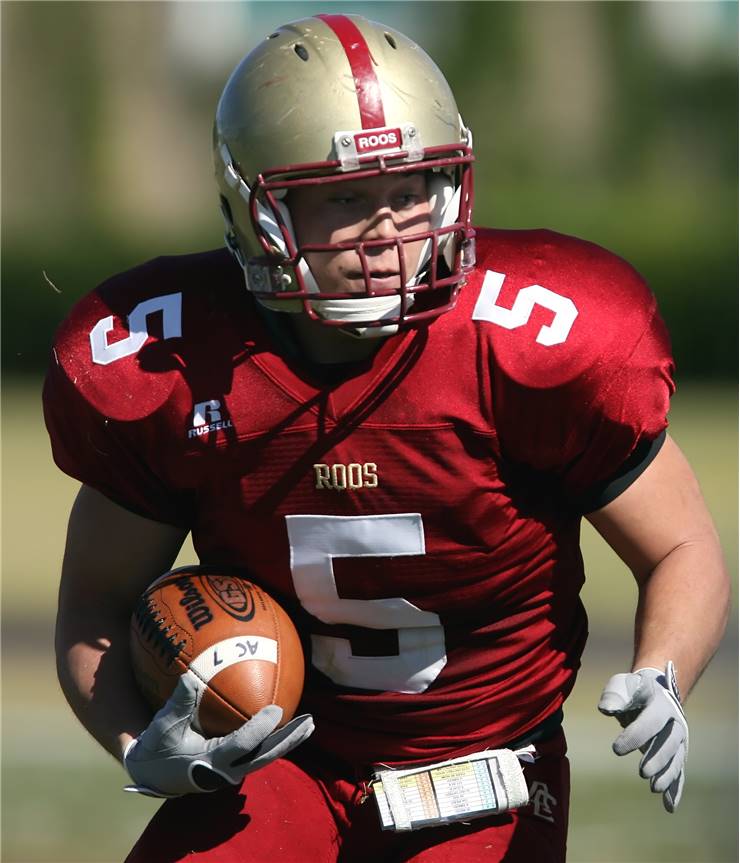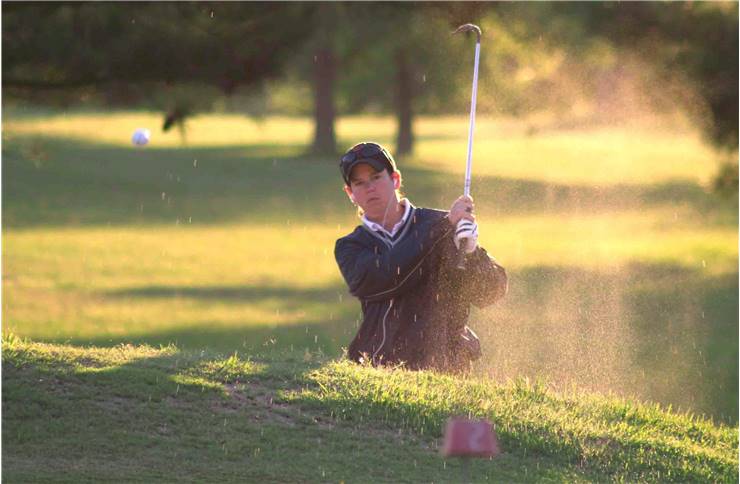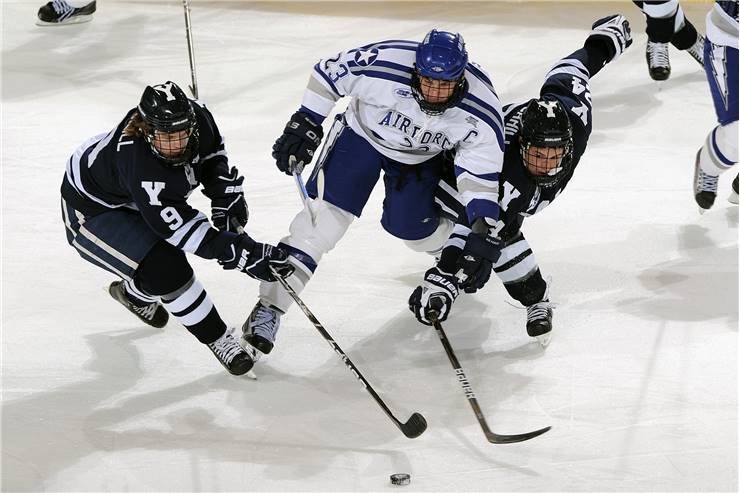History of Sport
While the majority of sports played today were created or have finalized their development in the 19th and 20th centuries, it is undoubtedly true that our ancestors started competing against each other in primitive sports as a means of pastime and entertainment in ancient times.
While it is not known which were the first sports developed in our most ancient civilizations, records from that time tell us that the most celebrated ones were without the several forms of running, wrestling, and combat sports that involve kicking and hitting. Since animal hunting was crucial for survival, many parts of hunting were popularized as an early sport, such as throwing spears, properly using the bow, and more.
As time went on, sporting competitions became increasingly organized, with true events that celebrated sporting competitors and offered spectators an easier way to follow several sporting types. The best example of this revolution in organized sports happened in Ancient Greece, where the first Olympic Games occurred in 760 BC, marking the start of the history of organized competitive sports. While this influential competition had only one event (footrace), the next Games expanded to cover many more sporting types, such as boxing, wrestling, javelin, discus, equestrian, jumping, and more. The sports records from that time are numerous, from paintings and text records recorded in Greece, Egypt, and Rome, to mentioning wrestling in the Bible.
Sports played with a ball also have a colorful history. The first mentions of the sport that resembled football go back to the 3rd and 2nd century BC in China, where soldiers of the Han Dynasty were recorded playing a game by kicking a lightweight leather ball filled with fur. A single image in the tomb of Baqet III confirms that children played ball sport in Ancient Egypt, but no other detail of it has survived. In ancient Europe, the first ball sports were not played by feet but with hands. Violent ancient Greece team-based sports Episkyros used a ball as a weapon.
After the fall of the Roman Empire and the disappearance of their violent gladiator competitions, organized sport returned to Europe during Renaissance and Victorian ages. The early beginnings of modern sports, such as Cricket, Tennis, Golf, and contact sports, such as boxing, started during this time, with the rising trend of establishing sporting clubs and governing bodies that oversaw professional competitions. During the 19th century, many modern major sports finally started appearing, with many of them taking advantage of the newly discovered lawnmower device that, for the first time, enabled the easy creation of outdoor playing fields. This includes football, cricket, golf, tennis, and boxing in England and basketball, baseball, and volleyball in the United States.
Full Contact Sports
Full-contact sports allow competitors to confront their opponents physically and use a wide array of combat moves (which may or may not include striking, kicking, tracking, grabbing, wrestling, and putting opponents in submission moves, either unarmed or using weapons) as a means of achieving victory. While in some full-contact sports, the goal of each match is to physically defeat an opponent (so-called “combat sports” or “collision sports”), in other sports disciplines, players strive to secure victory by gathering points and using physical contact only as a secondary means of ensuring a victory (so-called “contact sports”).
The amount of force players can experience usually much higher than in other types of sports, ranging from occasional contact between players during soccer matches to the tremendous impact that can happen in American football, rugby, or various martial art sports. Competitors in full-contact sports often come in contact with inanimate objects (balls), opponents wearing protective gear, or can regularly strike the ground with high force.
Today's most popular full-contact sports are soccer, American football, ice hockey, boxing, and mixed martial arts.
Semi Contact Sports
In semi-contact sports, usually martial art combat sports, players can use moves and tactics that lead to the much weaker application of force that can be achieved in full-contact sports. More precisely, competitors in combat matches can only use moves that will lead to the acquisition of points awarded by the judges overseeing the match. Hurting opponents to the state of loss of consciousness is not allowed, as well as various grappling, wrestling, tackling, and submission moves that may lead to injury.
Semi-contact sports matches usually focus on gaining points using striking or kicking and physically contain opponents using moves that only simulate full-power techniques. Some combat sports also allow the use of protective gear or clothing ranging from hand wraps and mouthguards to protective equipment for the head, shins, arms, groin, and trunks.
Many combat sports of this type performed their matches not in the timed round manner but until a point gets awarded to a player. At that point, both players reset to a predetermined safe position and are given a sign from the judge to continue fighting.
Limited Contact Sports
In limited-contact sports, competitors never confront each other in direct combat sports. Still, they are striving to achieve the game's goal with the rules that specifically discourage physical contact, whether intentional or unintentional. If substantially hard contact happens, the offender usually gets an official reprimand that will impact his or his team's current score or eventually lead him to physical disqualification and temporary or permanent removal from active play.
Limited-contact sports can be physically exerting (like basketball), but rules allow players to remain safe even if the contact does occur. Hash penalties ensure that the amount of force experienced in physical contact remains relatively low, but injuries can occur.
While basketball and baseball remain the most popular limited-contact sports, others have also found their significant audiences, such as softball, netball, hurling, polo, etc.
Non Contact Sports
In non-contact sports, players are not only prohibited by rules from making direct contact with their opponents or team members, but they are usually either physically separated from one another with playing field bounds or are tasked to compete sequentially in a predetermined sporting activity or task. Most non-contact sports players never come in contact with one another, but rules are still laid to severely punish if any contact happens accidentally or intentionally (usually with a disqualification).
Individual players play most non-contact sports, but in rare cases, team play is present. This is most notable in sports such as volleyball, in which two teams of six players compete against one another while not being permitted to achieve contact across the boundary of their playspace. Contact between teammates is permitted in volleyball, tennis, and rowing, but such team sports are rare in non-contact space. Most often, non-contact sports focus on individual skill, endurance, athleticism, or tactics.
Today's most popular non-contact sports are volleyball, golf, cricket, tennis, badminton, bowling, darts, running, swimming, sprinting, gymnastics, rowing, weightlifting, and bodybuilding.
History of Contact Sport
Created in ancient times as a form of public entertainment, full-contact sports managed to morph into a popular pastime and organized competition for millions worldwide. Initially fully focused on encouraging physical contact between participating players, full-contact sports separated into several distinct categories that covered various grades of contact between players. They ranged from full contact, which is needed for sports in which opponents grab and tackle each other as a primary means of winning a match, to sports where contact can happen but is not instrumental in achieving the state of victory.
Additionally, some sports emerged where contact between players is possible but is not encouraged. The last and safest category is a non-contact sport in which players are tasked to outperform their opponents using only their skill and tactics without ever physically coming in contact with them.
As contact sports became increasingly popular worldwide, numerous entertainment events or competitions were described as “contact sport” monikers. This even includes television shows promoting participants' physical abilities, such as American Gladiators, Wipeout, and many others.




